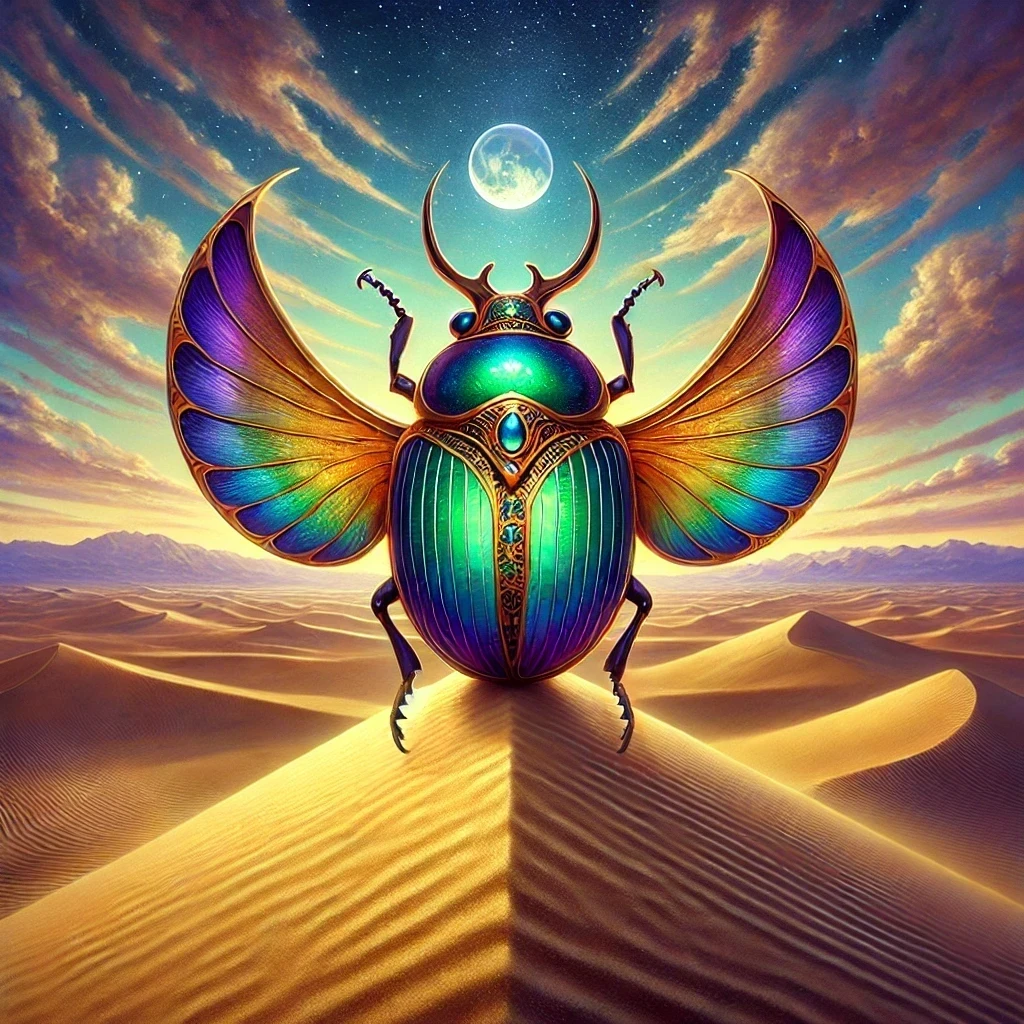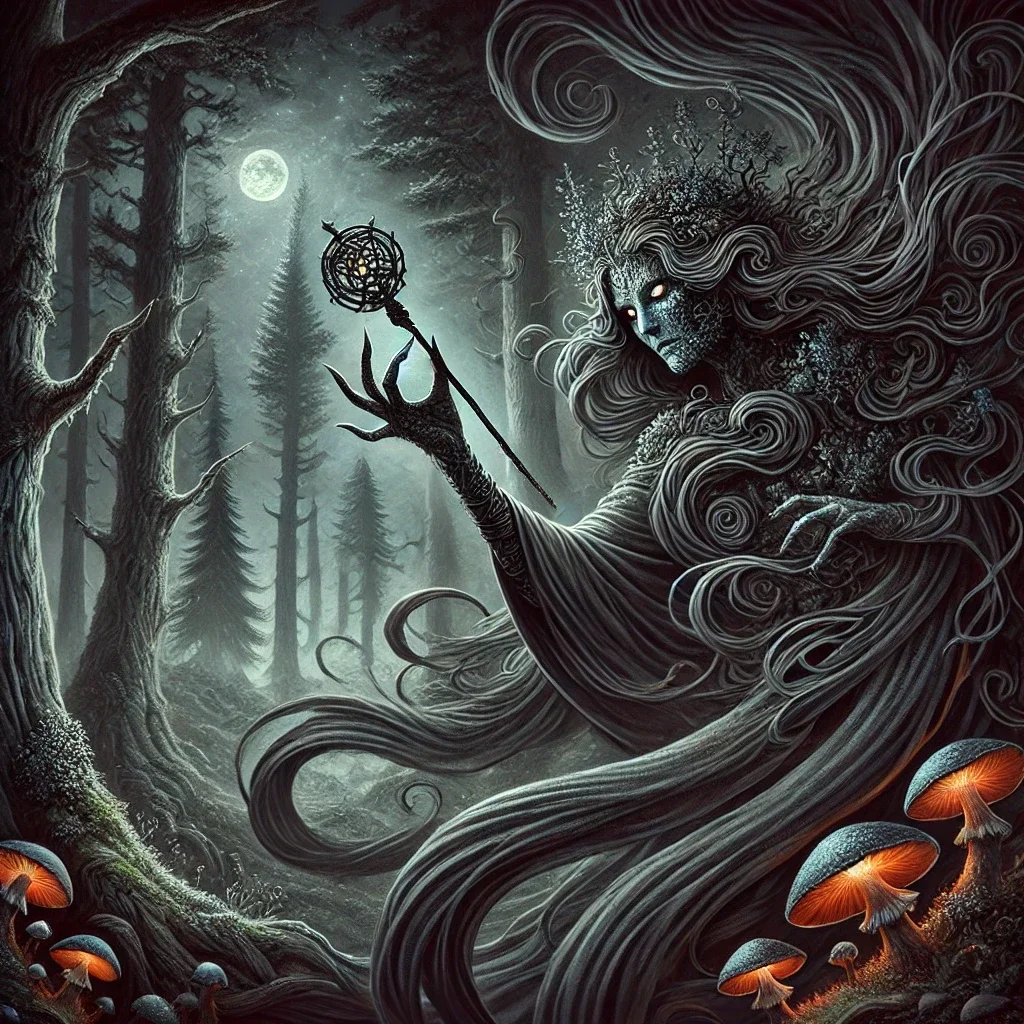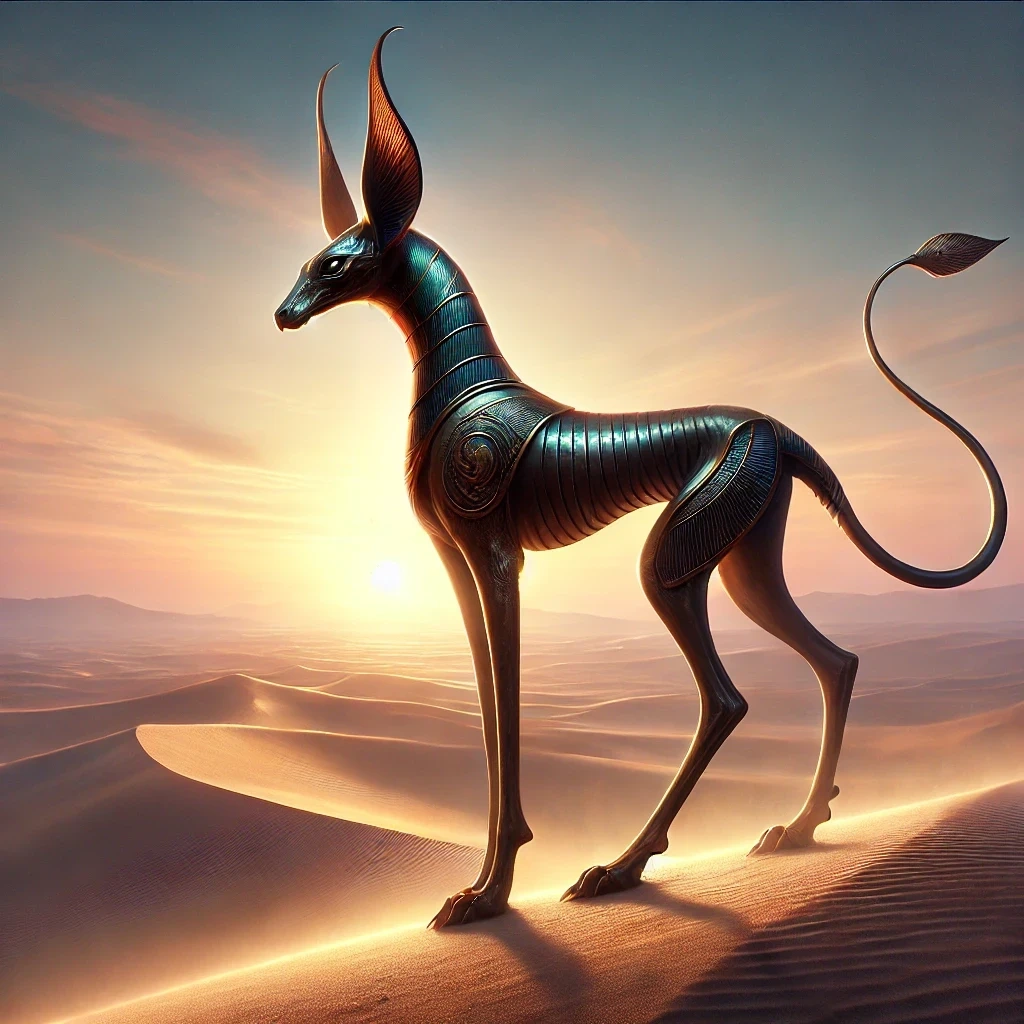The scarab beetle, a seemingly humble insect, holds a place of profound significance in ancient Egyptian culture and mythology. Its image is instantly recognizable, and its legacy as a symbol of transformation, protection, and the eternal cycle of life resonates even today. But how did such a small creature come to hold such monumental importance in one of history’s greatest civilizations?
Origins
Natural Beginnings
The scarab beetle, or dung beetle, is a member of the Scarabaeidae family. Indigenous to Egypt and other parts of Africa, this beetle became synonymous with the deity Khepri, the god of the rising sun. Its life cycle, marked by rolling dung into balls for sustenance and reproduction, mirrored the solar cycle that ancient Egyptians revered so deeply.
Mythological Connections
In Egyptian cosmology, Khepri was believed to roll the sun across the sky, just as the beetle rolled its sphere of dung. This parallel reinforced the scarab’s sacred status, linking it directly to the concepts of creation, renewal, and order.

Appearance
Physical Characteristics
The scarab is a robust beetle with a glossy exoskeleton that often exhibits shades of black or dark brown. Its compact body and powerful legs allow it to maneuver heavy loads—a trait that undoubtedly contributed to its symbolic association with strength and determination.
Artistic Depictions
In ancient Egyptian art, scarabs were stylized with oval-shaped bodies and distinct head and leg details. They appeared on seals, amulets, and jewelry, often inscribed with hieroglyphs or sacred texts. These depictions varied in material, ranging from simple clay to precious stones like lapis lazuli and carnelian.
Symbolism
The Sun and Creation
Central to the scarab’s symbolism is its connection to Khepri. As a representation of the sun’s journey, it symbolized rebirth and creation. The Egyptians saw the beetle’s practice of rolling dung as an earthly echo of cosmic order.
Protection and Power
Amulets featuring scarabs were believed to offer protection. These talismans were worn by the living and placed on mummies to safeguard them in the afterlife. They often bore inscriptions invoking divine favor or guidance.
The Cycle of Life
The scarab’s life cycle—emerging from dung balls where it laid its eggs—was interpreted as a metaphor for spontaneous creation and eternal renewal. This made it a potent emblem of resurrection.

Abilities
Transformative Powers
The Egyptians attributed transformative powers to the scarab. They believed its ability to emerge from its burrowed sphere was a miraculous act akin to rebirth, underscoring its role as a symbol of spiritual renewal.
Protective Qualities
As a divine intermediary, the scarab was thought to repel malevolent forces. Tomb inscriptions often featured scarab imagery, believed to guard against harm and ensure a safe passage to the afterlife.
Connection to the Divine
Some texts suggest that scarabs were considered messengers between mortals and gods, carrying prayers and intentions to the divine realm.
Tales
Scarabs in Egyptian Mythology
A popular myth involves Khepri rolling the sun through the underworld at night, only for it to rise again at dawn. This cyclical tale not only underscores the scarab’s role in solar mythology but also its association with resilience and eternal cycles.
Scarabs in Historical Texts
During the New Kingdom period, heart scarabs inscribed with passages from the Book of the Dead were placed on mummies. These amulets were thought to weigh the deeds of the deceased during the judgment ritual.

Relationships
Connection to Khepri
Khepri’s association with the scarab elevated the beetle to divine status. This connection made it a ubiquitous figure in temples, tombs, and sacred texts.
Links to Pharaohs
Scarabs were often used as seals by pharaohs, symbolizing their divine right to rule. Some were even crafted to commemorate royal achievements or political alliances.
Interaction with Other Creatures
In some stories, scarabs were pitted against chaotic forces like serpents, highlighting their role as agents of cosmic order.
Trivia
Scarabs in Modern Culture
The scarab’s legacy continues in modern times, appearing in jewelry, literature, and even popular films as a symbol of mystery and antiquity.
Scientific Observations
Modern entomologists have observed that scarabs navigate using the Milky Way, reinforcing their ancient connection to celestial bodies.
Archaeological Discoveries
Countless scarab amulets have been unearthed in archaeological sites across Egypt, with inscriptions revealing personal prayers, political declarations, and even love notes.



